Throughout the course of my time here at the Museum, I hope to learn more about the history of the Sunshine Coast, as well as further my understanding about what happens behind the scenes. Having little prior experience in archival/curatorial studies, the Sunshine Coast Museum and Archives is a fantastic place for me to gain knowledge in the processes that are taken to keep collections and exhibits cared for. During the summer, I will have the opportunity to learn more about research procedures, collections care/documentation, and database software. I’ll also be putting out blog posts on varying topics, including Nursing on the Sunshine Coast.
I hope that my time here at the Sunshine Coast Museum and Archives will be a great way to learn more about the community that so many of us are lucky enough to call home.
Drop by the museum Wednesday to Sunday and say hi!


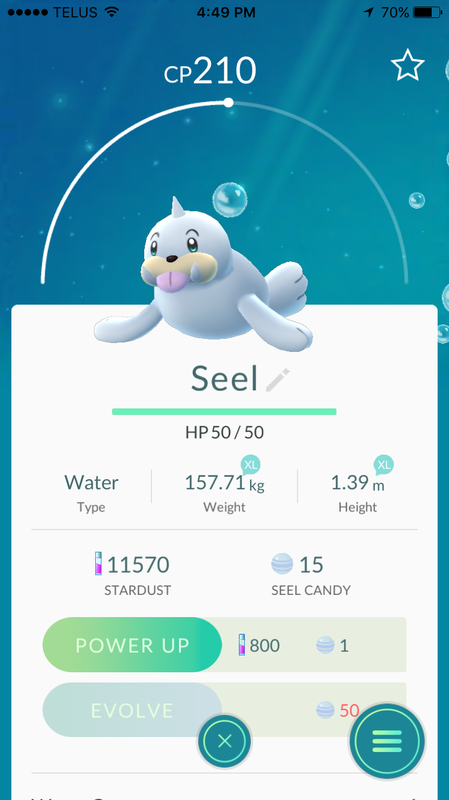
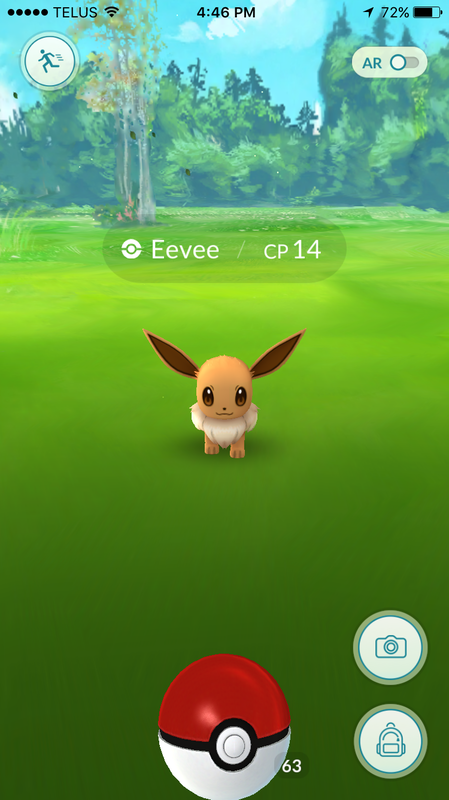
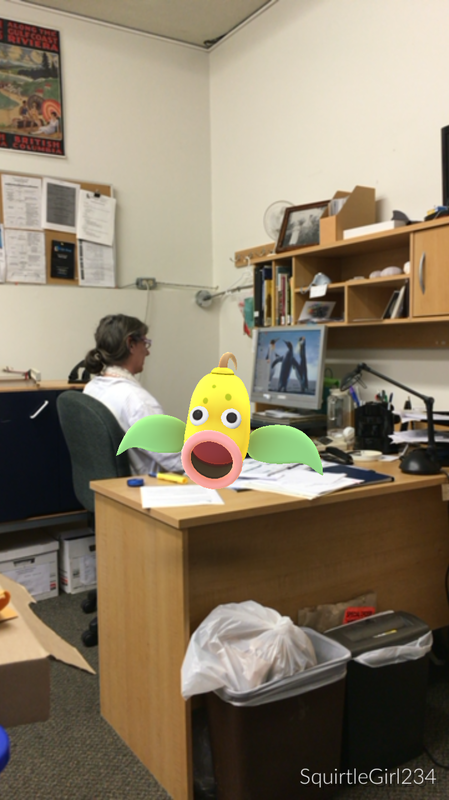



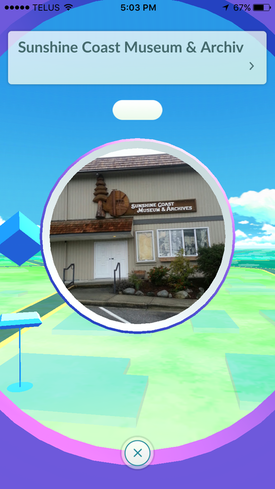






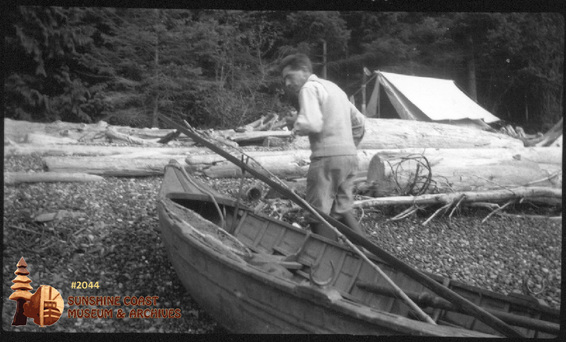
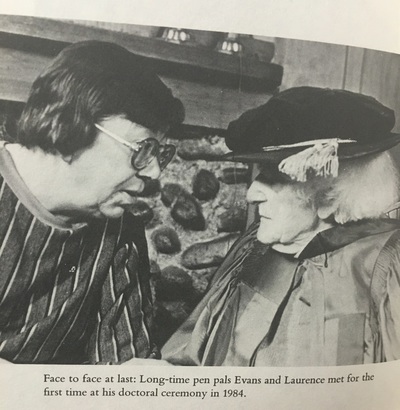







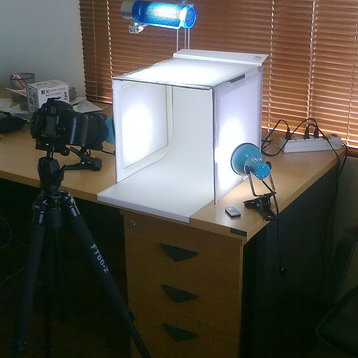

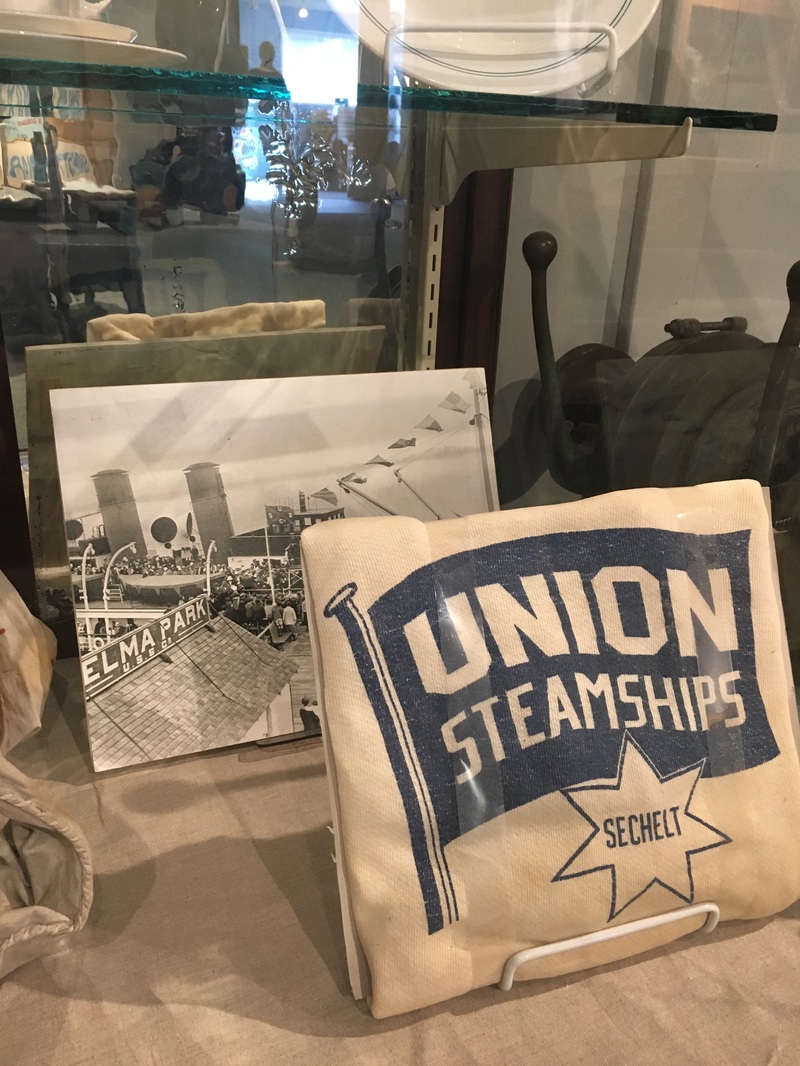
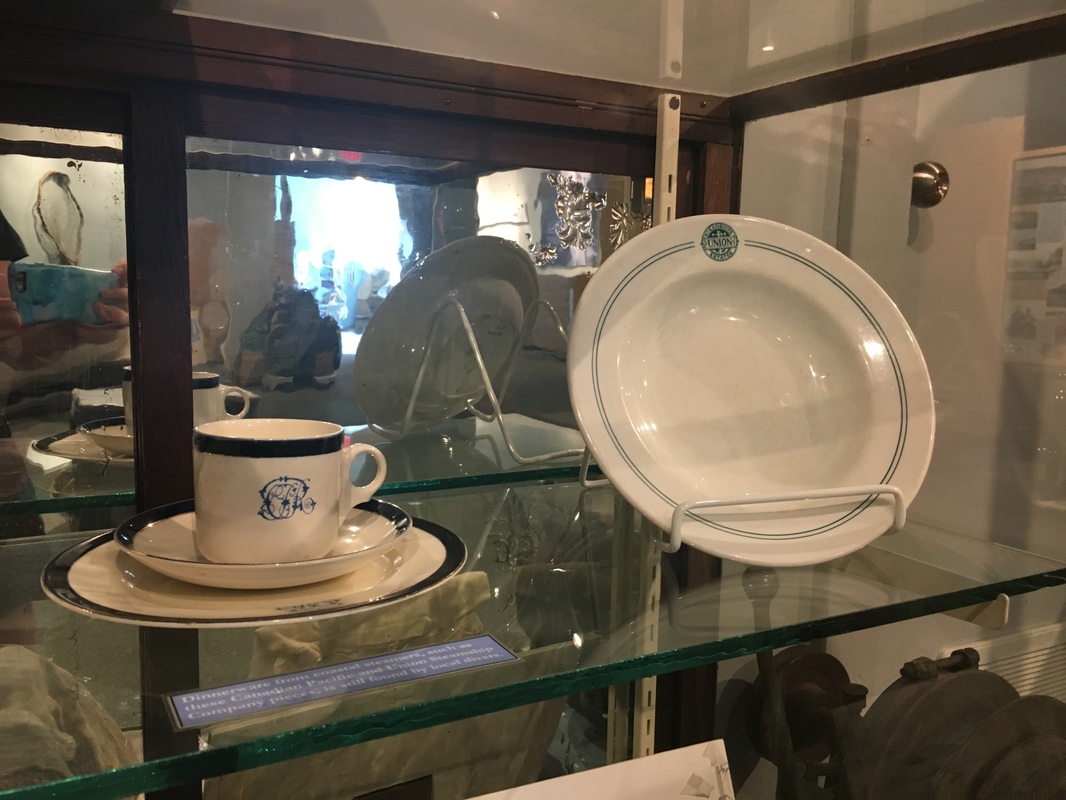




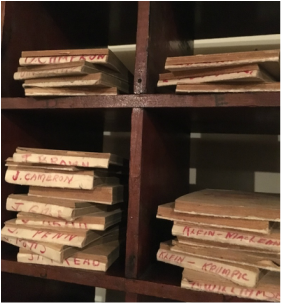


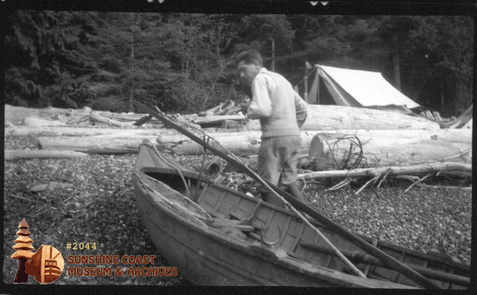


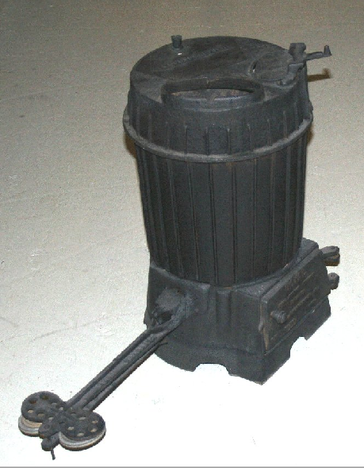



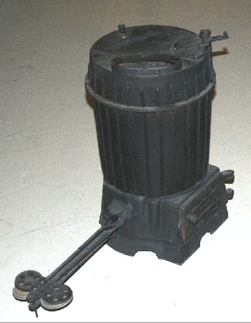

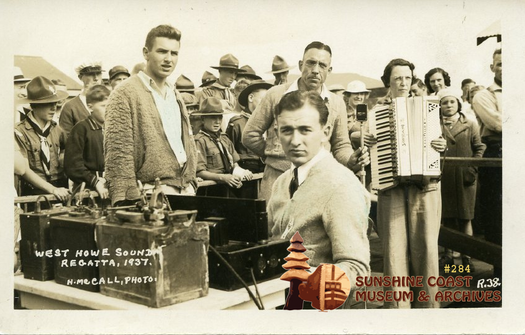

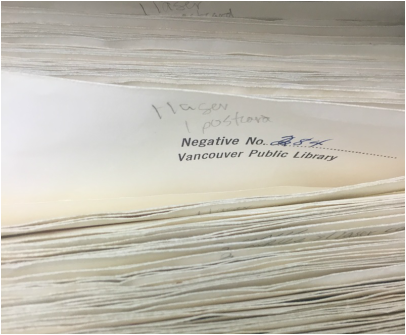

 RSS Feed
RSS Feed
